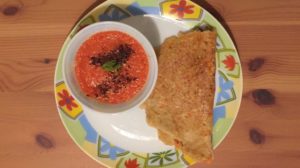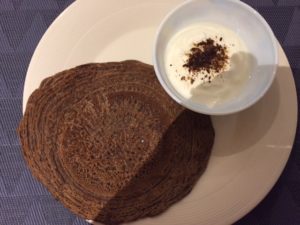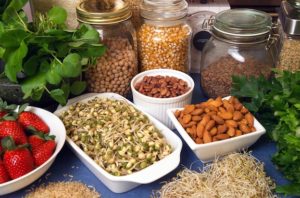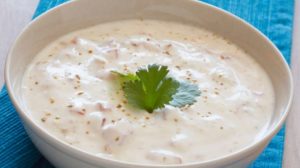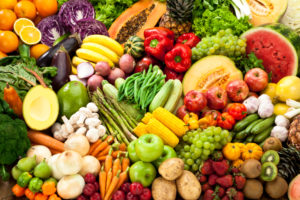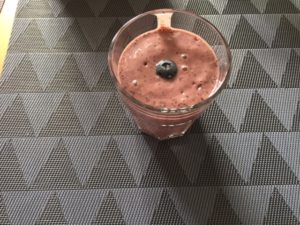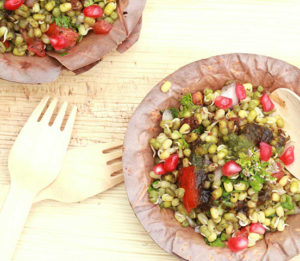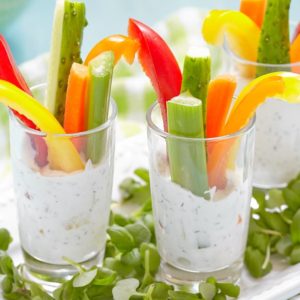This month is all about love: the love we have for our loved ones, the love that encompasses us as we care for our friends and family, the love and compassion we have for all human beings.
But what we often forget is to love ourselves. Health and happiness begin with loving yourself unconditionally…always.
Ayurveda defines health not only as an absence of disease, but also as a very holistic level of vitality throughout our lives. The beauty of Ayurveda lies in a simple message: first know yourself and above all – love yourself.
In what started out as a quest to add more love into my life, ended with a completely different outlook on life. I realized that love, like wellness, is made up of multiple components. Incorporating these into my life has resulted in bringing more love, positivity and authenticity to my marriage, parenting, relationships and encounters with strangers.
I realized, yes, there is an amazing relationship between love and wellness. When you practice gratitude, self-compassion, have faith and a sense of purpose in life, things like exercise, eating healthy, stress management, positive relationships, and happiness all come a little more naturally.
Today, I’m sharing a bit of this time-tested wisdom with you, that can help you to understand why this is vital to your health.
Embrace your uniqueness: As an individual with a unique combination of physical, mental and emotional qualities, the way you relate to the world is specific in every way to you. And your “formula” for health and happiness will be a unique combination of food, activities, environments, and relationships. Understanding what works for you (and you alone) is a matter of asking the right questions and knowing where to look.
Eat for Your Mind-Body Type
In Ayurveda, there are three mind-body types, or doshas, and the types of foods that are optimal for you depend upon your individual dosha. The foods that keep one person in balance and energetic may not be the right choices for someone with a different dosha. The doshas explain why some people can eat a hot, spicy meal and feel fine, while others could eat the same meal and experience heartburn or indigestion.
Each dosha has a different type of metabolism, which affects how we process the foods that we eat. Two people can eat the same foods and have the same activity level, but look and feel quite different. One dosha may naturally be able to handle a heavier type of food, while another dosha may be more in balance with lighter foods. When you are eating according to your individual mind-body type, it is easier to keep the body in balance.
Meditate and Rest
Meditation takes you beyond the mind’s busy thought traffic to the silence and peace of expanded awareness. Meditation allows you to experience a profound sense of relaxation that dissolves fatigue and stress. In fact, scientific studies have found that a daily meditation practice can lower blood pressure and cholesterol levels, decrease anxiety and depression, and even reverse some of the biological markers of aging.
We all know we need about eight hours sleep to feel balanced and energized. If you don’t feel refreshed when you wake up in the morning, you aren’t getting enough restful sleep. Its not only about the total duration but also about the time when you sleep.Try and sleep at a fixed time atleast on the weekdays.
Rediscover the Pleasure of Moving Your Body: Thousands of years ago, the Ayurvedic physician Charaka observed, “From physical exercise, one gets lightness, capacity for work, firmness, tolerance of difficulties, elimination of impurities, and stimulation of digestion.”
Our bodies are designed for movement, yet many of us associate exercise with pain, boredom, or drudgery rather than with lightness and feelings of wellbeing. The secret is finding some physical activities that you like and that are suited to your mind-body type, or dosha. No matter what your current fitness level is, you can begin to move your body and breathe on a consistent basis, even if the most you can do right now is walk in your building or some floor exercises within your home.
Know that you are forever in flux: According to Ayurveda, everything that goes on outside of us goes on inside of us as well. Your mind and body experience daily and seasonal changes just like everything in the environment around you. In practical terms this means that who you were when you hopped out of bed this morning is slightly different to who you are now (and who you’ll be later). Tuning in to YOUR daily and seasonal cycles provides powerful clues for understanding how and why you look and feel the way you do. It also reveals simple things you can do to be at your very best throughout the day and the year.
Your digestion runs your show: In the Ayurvedic model everything we experience is a form of “food” for the mind, body or soul, including all the sights, sounds, emotions, ideas and sensations that we encounter every day. Digesting this volume of “food” is no small task. The mind and body must work together to distinguish and assimilate the good stuff and let go of what doesn’t really serve us. And when that process is undermined or overloaded it compromises everything! Moderation is the Ayurvedic mantra.
Attitude of gratitude along with giving yourself (and your digestion) a break, are perhaps the most powerful health and wellness tools around.
Positive Affirmations to live your life by:
- God made you perfectly. Enjoy who you are.
- Love yourself so you can accept love from others.
- Forgive yourself and others. You can’t move forward and enjoy life without forgiveness.
- Praise your efforts.
- Acknowledge your strengths.
- Appreciate and thank those important to you.
If you enjoyed this post, we’d be very grateful if you’d help it spread by emailing it to a friend, or sharing it on Twitter or Facebook. Thank you!
Uma Narula is an award winning practising Nutritionist since 10 years.If you have any queries you can email on uma@nutriguide.co.in or call on +91 99676 35556/+32 468 29 79 49.

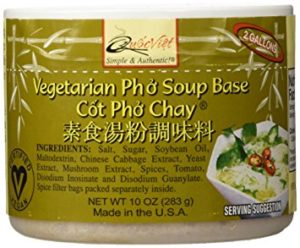

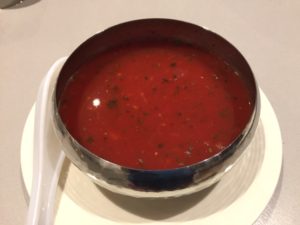
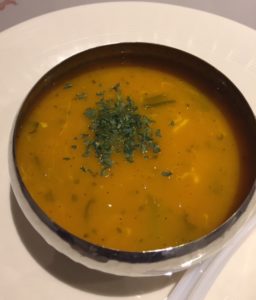
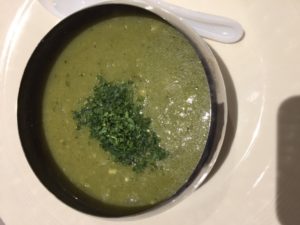
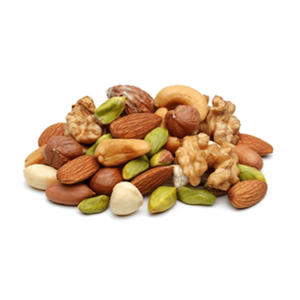
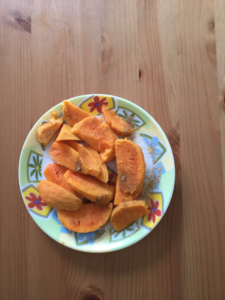

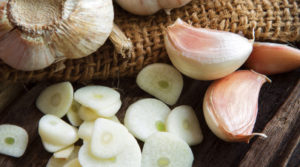

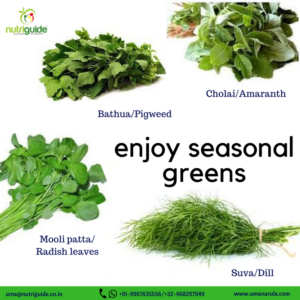





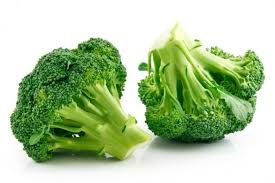

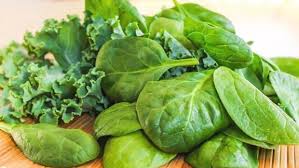
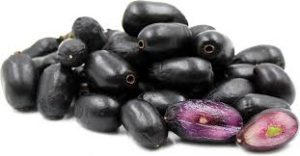

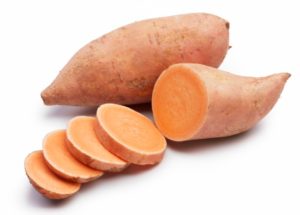



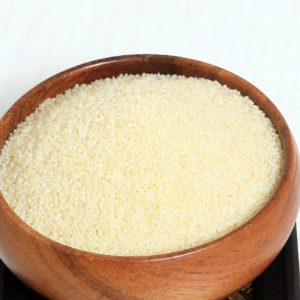 Barnyard Millet
Barnyard Millet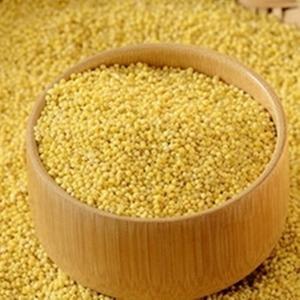 Foxtail Millet
Foxtail Millet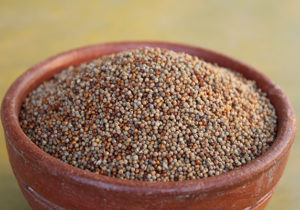 Finger Millet
Finger Millet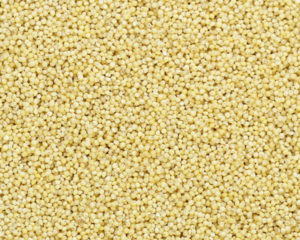 Little Millet
Little Millet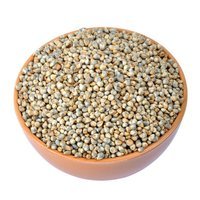 Pearl Millet
Pearl Millet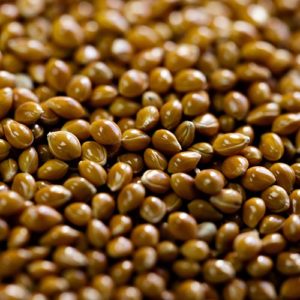 Proso Millet
Proso Millet Kodo Millet
Kodo Millet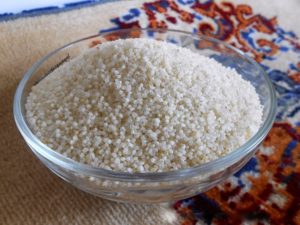 Sorghum Millet
Sorghum Millet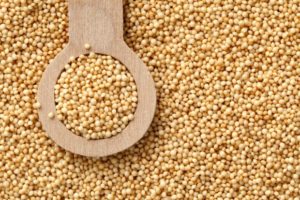 Amaranth
Amaranth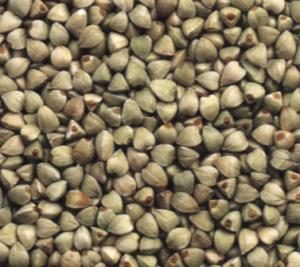 Buckwheat
Buckwheat